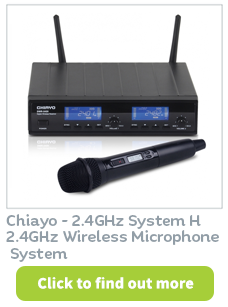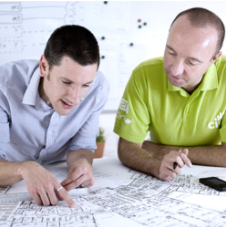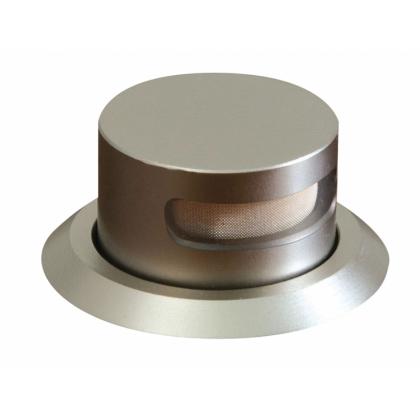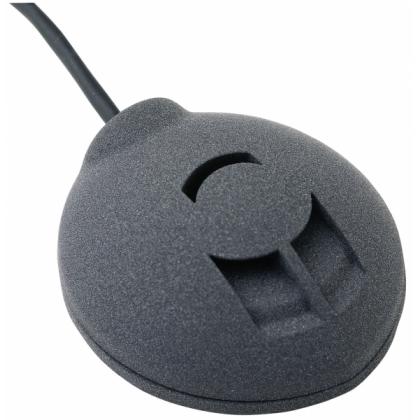How to fix microphone feedback on loudspeakers
Microphone/Loudspeaker feedback is that dreadful howl or squeal you sometimes experience eminating from loudspeakers during a live performance, speech or presentation.
The HowToAV team looks at techniques and technologies to avoid feedback and ensure an interference-free performance.
Microphone feedback also sometimes referred to as the 'Larson effect' - that awful howling sound loved by rock guitarists and hated by every sound engineer and presenter. So unless you are aspiring to become the next Jimi Hendrix or Pete Townsend, feedback on your loudspeakers is a bad thing!
 What is microphone feedback?
What is microphone feedback?
Microphone feedback occurs when the sound amplified from a loudspeaker re-enters the sound system through an open microphone and is then amplified again and again. Feedback is that ringing tone, it varies from a low rumble to a high screeching noise - it is not only annoying, but it can also cause damage to your sound system or ears.
What causes microphone feedback?
Feedback can result from a number of factors such as:
- Microphone placement
- Loudspeaker placement
- Frequency response of both devices
- Room acoustics
A simple PA system consists of a microphone, amplifier and one or more speakers. If you have these three components, you have the potential for feedback. Feedback happens when the sound from the speakers is picked up by the microphone and is re-amplified and sent to the speakers again. This continuous loop results in the howl/rumble of the feedback effect.
How can I eliminate feedback on my speakers?
A number of options should be considered to eliminate feedback including:
- Avoid placing microphones near to the loudspeakers
- Place microphone as close to the sound source as possible, rather than increasing the volume of the microphone
- Use directional microphones, such as cardioid or supercardioid
- Reduce the number of open microphones on a speech system
- Use graphic equalisers or parametric equalisers to ring out the frequencies where feedback occurs
- Add a feedback eliminating device to your audio system to cut the exact frequency causing the feedback
- Avoid hard / reflective surfaces in the environment
- Advise the presenter or performer where to stand (and where not to stand) on stage or in the room to avoid proximity to loudspeakers
Read more...
• How to connect a microphone to PC
 Need help choosing the right microphone for your Audio system?
Need help choosing the right microphone for your Audio system?
CIE is one of the UK's leading and most innovative professional AV distributors and is a leading provider of AV professional systems and devices.
With over 50 years experience in supply and system design for many of the UK's largest, high profile audio projects, our AV experts provide a unique level of technical support and customer service.
Call the CIE AV experts now on T. 0115 9770075 or email us at [email protected]
 Got a question for the HowToAV team?..
Got a question for the HowToAV team?..
HowToAV.tv provides a whole host of tips, tricks and technology know-how for the professional and residential AV sectors.
Subscribe to our YouTube channel now at howtoav.tv for all the latest video casts or send us your questions to [email protected]
Featured Products










